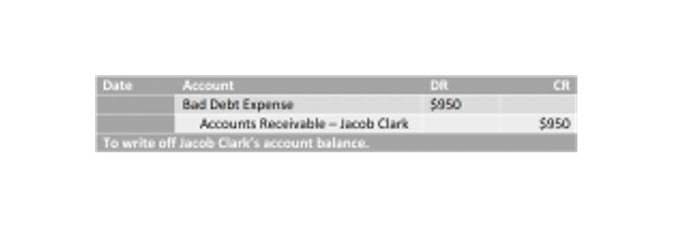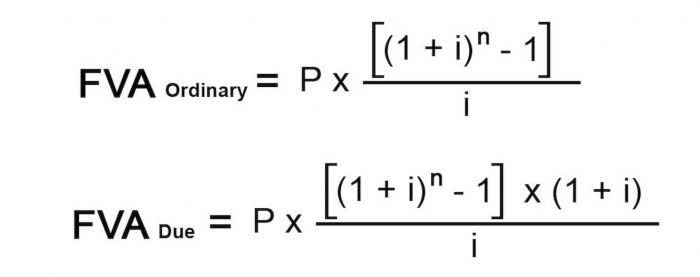What is a chart of accounts + how to set up examples included

Maintaining consistency in your COA from year to year is the most important thing when dealing with charts of accounts. This consistency ensures that accurate comparisons of the company’s finances can be made over time. The financial world is filled with terms that can seem intimidating to someone without a strong finance background. The chart of accounts is full of details and can contain a huge amount of data entries and rows in Excel.
- While Pacioli’s work laid the foundation for modern accounting, a standardized chart of accounts had yet to emerge.
- Asset, liability and equity accounts are generally listed first in a COA.
- There are many different ways to structure a chart of accounts, but the important thing to remember is that simplicity is key.
- To better understand the balance sheet and income statement, you need to first understand the components that make up a chart of accounts.
- 11 Financial is a registered investment adviser located in Lufkin, Texas.
Where’d you go to find equity?
The chart of accounts is a list of every account in the general ledger of an accounting system. Unlike a trial balance that only lists accounts that are active or have balances at the end of the period, the chart lists all of the accounts in the system. It doesn’t include any other information about each account like balances, debits, and credits like a trial balance does. Shareholder equity (SE) is the owner’s claim after subtracting total liabilities from total assets; it represents the net worth of the business.

Liability accounts
Similarly, the accounts listed within the chart of accounts will largely depend on the nature of the business. This way you can compare the performance of different accounts over time, providing valuable insight into how you are managing your business’s finances. Your accounting software should come with sample of chart of accounts a standard COA, but it’s up to you and your bookkeeper or accountant to keep it organized. Here are tips for how to do this, plus details about what a COA is, examples of a COA and more. The COA has been a fundamental component of accounting systems for centuries, evolving with accounting practices.

Create a Free Account and Ask Any Financial Question
Once a business is up and running and transactions are routinely being recorded, the company may add more accounts or delete accounts that are never used. Note that each account is assigned a three-digit number followed by the account name. The first digit of the number signifies if it is an asset, liability, etc. For example, if the first digit is a “1” it is an asset, if the first digit is a “3” it is a revenue account, etc.
This structure enables businesses to organize their financial transaction records clearly and systematically. Setting up a chart of accounts (COA) is a critical step for any business to effectively manage its financial records. Here’s a step-by-step guide to help you establish a COA that suits your business needs and enhances your financial reporting capabilities. Understanding how a chart of accounts works is important for effective financial management and reporting. COA organizes financial data into a structured format that can be easily accessed, analyzed, and reported.
Unique identification
Looking at the COA will help you determine whether all aspects of your business are as effective as they could be. If you keep your COA format the same over time, it will be easier to compare results through several years’ worth of information. This acts as a company financial health report that is useful not only to business owner, but also investors and shareholders.
- If the rented space was used to manufacture goods, the rent would be part of the cost of the products produced.
- A general ledger represents the record-keeping system for a company’s financial data with debit and credit account records validated by a trial balance.
- The main components of the income statement accounts include the revenue accounts and expense accounts.
- It also helps your accounting team keep track of financial statements, monitor business financial performance, and see where the money comes from and goes, making it an important piece for financial reporting.
- However, most COAs follow a specific structure, which is designed to mirror the order of information as it appears in financial statements.
- Liability accounts provide a list of categories for all the debts that the business owes its creditors.

Companies often use the chart of accounts to organize their records by providing a complete list of all the accounts in the general ledger of the business. The chart makes it easy to prepare information for evaluating the financial performance of the company at any given time. If the business offers manufacturing services to others, a separate revenue account, Manufacturing services, is included to track income from these services.

Other Comprehensive Income includes gains and losses that have not yet been realized but are included in shareholders’ equity. Separating Other Comprehensive Income allows businesses to track changes in the value of certain assets or liabilities over time. The chart of accounts deals with the five main categories, or, if you will, account types. Consider creating separate line items in your chart of accounts for different types of income. Instead of lumping all your income into one account, assess your various profitable activities and sort them by income type.
The chart of accounts is important in offering a clear and transparent view of a company’s financial health to interested parties, such as investors and shareholders. This comprehensive listing of accounts in the general ledger allows for easy organization of finances. A chart of accounts is a vital financial tool that organizes numerous financial transactions in a manner that is easy to access. Because transactions are displayed as line items, they can be quickly found and assessed.
The goal, again, is an accurate representation of overall financial health. Accounting software frequently includes sample charts of accounts for various types of businesses. It is expected that a company will expand and/or modify these sample charts of accounts so that the specific needs of the company are met.

